
October 8, 2022
READING ROOM
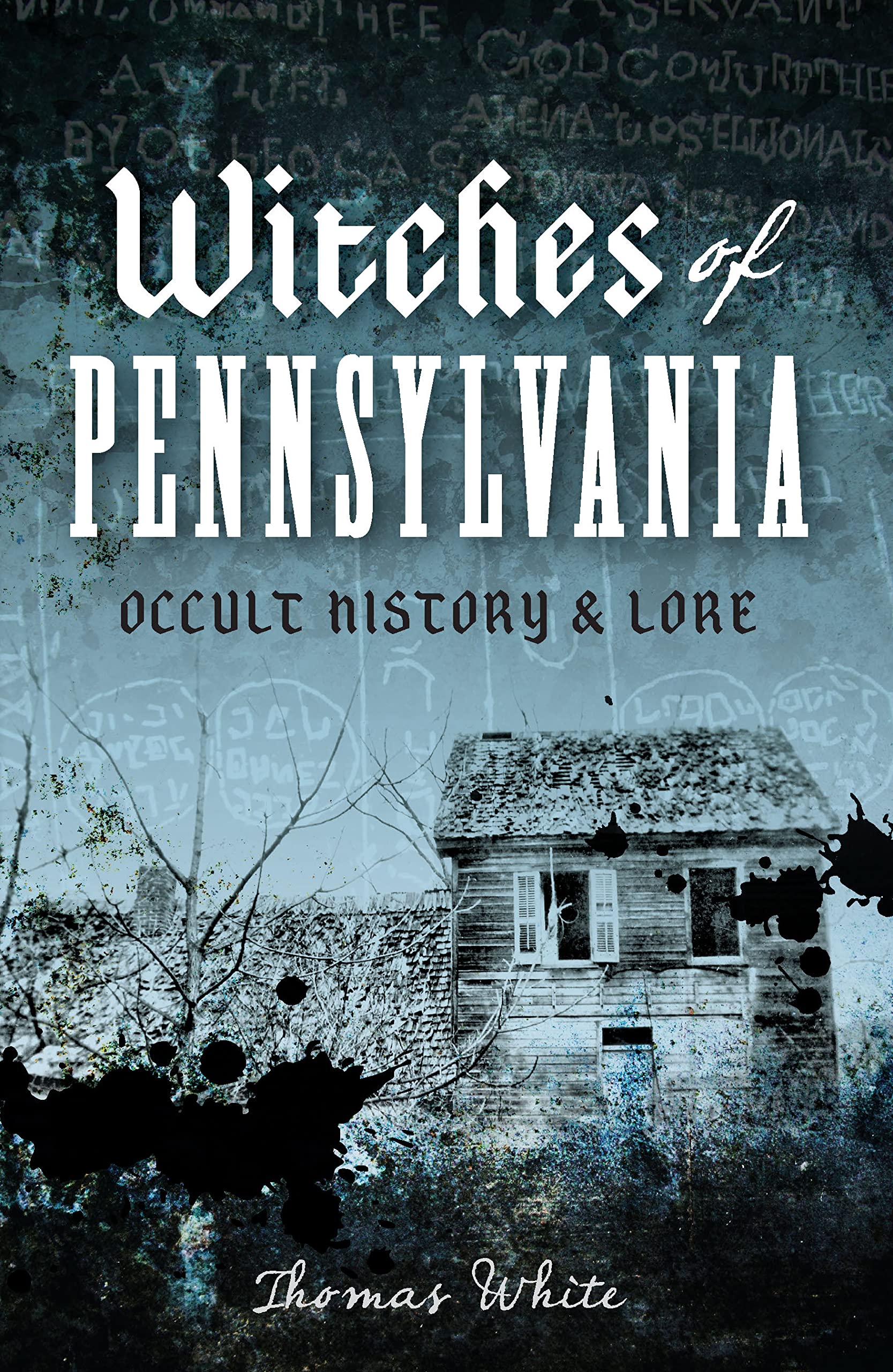
Witches of Pennsylvania
Thomas White (Author). Since William Penn presided over the state's only official witch trial in 1684, witchcraft and folk magic have been a part of the history of the Keystone State. English and German settlers brought their beliefs in magic with them from the Old World--sometimes with dangerous consequences. In 1802, an Allegheny County judge helped an accused witch escape an angry mob. Susan Mummey was not so fortunate. In 1934, she was shot and killed in her home by a young Schuylkill County man who was convinced that she had cursed him. In other regions of the state, views on folk magic were more complex. While hex doctors were feared in the Pennsylvania German tradition, powers were and are revered for their abilities to heal, lift curses and find lost objects. Folklorist Thomas White traces the history and lore of witchcraft and the occult that quietly live on in Pennsylvania even today.
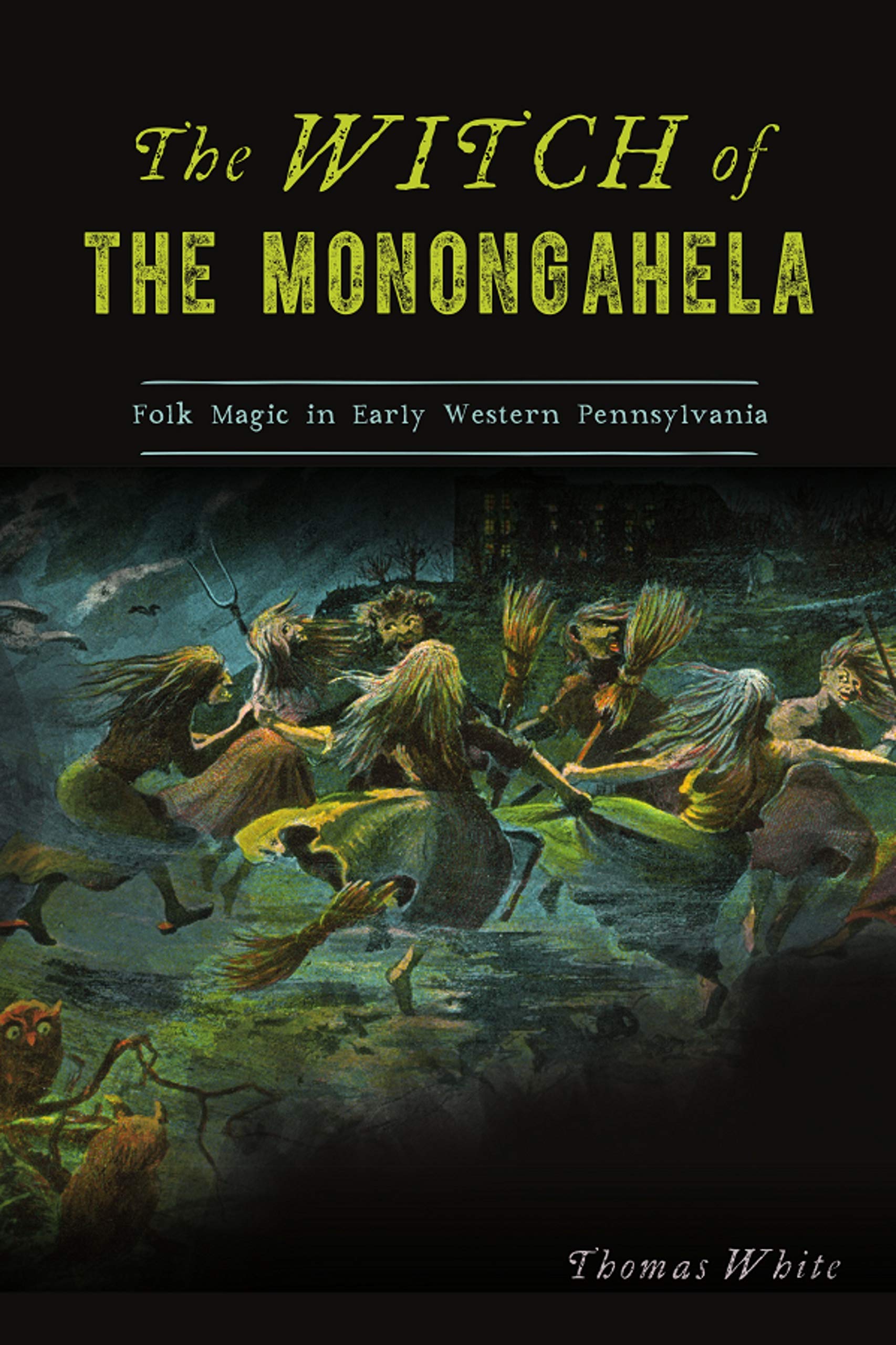
The Witch of the Monongahela
Thomas White (Author). A look at the folklore surrounding the legendary Pennsylvanian witch, and the facts behind them. In the ancient hills and misty hollows of Fayette County, Pennsylvania, generations of locals have passed down stories of a woman with mysterious magical powers. People came from near and far to seek healing and protection through her strange rituals. Some even believed she could fly. Named Moll Derry and nicknamed the Witch of the Monongahela, her legend has been documented by writers and folklorists for more than two hundred years. She is intertwined in many regional tales, such as the Lost Children of the Alleghenies and Polly Williams and the White Rocks. Author Thomas White separates fact from fiction in the many versions of Moll Derry and recounts Western Pennsylvania's folk magic history along the way.
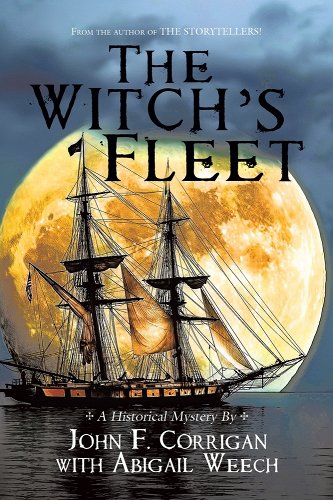
The Witch's Fleet
John F. Corrigan (Author), Abigail Weech (Author). In 1807, a young, Philadelphia woman of special gifts is accused by the religious authorities of practicing the black arts. Although the investigators can find no evidence that she has ever used her talents to harm anyone, they proceed to attempt to apprehend her to stand trial. She anticipates them - which is her way - and flees to the frontier which, in 1807, is the sleepy fishing village of Erie, Pennsylvania. It is now five years later. 1812. The sleepy fishing village of 400 souls finds itself on the front lines of a war against the British Empire. Among them walks a young woman of special gifts. The Brits have no idea what they are up against!
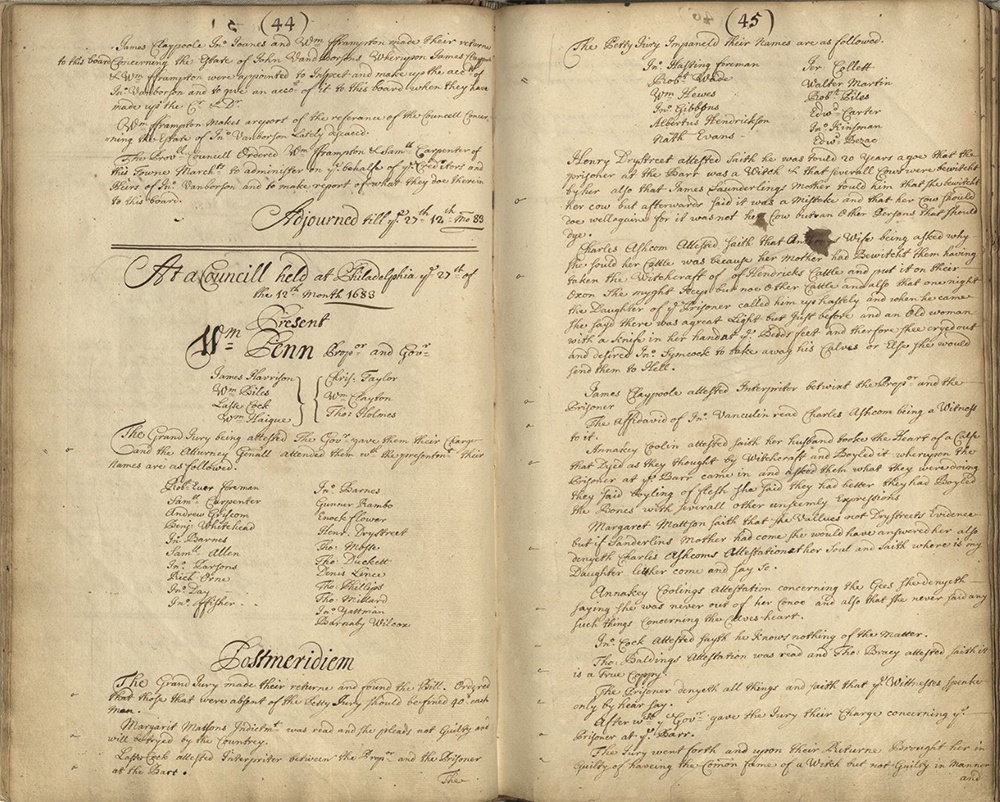
The Witch Trial of Pennsylvania
Richrd Saylor (Author). Pennsylvania’s founder and original proprietor William Penn (1644–1718) was not only a great lawgiver but also a clever arbiter of disputes between residents of his commonwealth. His thoughtful handling of a witch trial on December 27, 1683, at a Provincial Council meeting in Philadelphia helped to prevent a crisis in Pennsylvania like the hysteria that occurred in Salem, Massachusetts, only eight years later. It appears to be the first and only official witchcraft trial in Pennsylvania’s history . . .
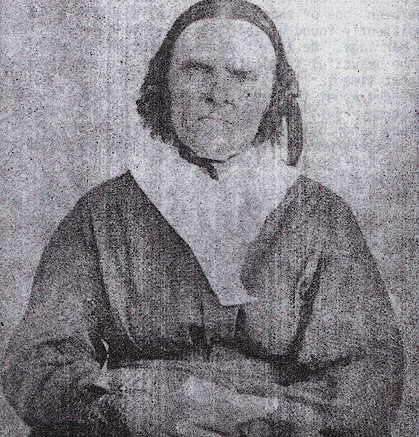
Was Mary Black a Witch?
During the 1800’s, a woman named Mary Black lived in the Ellwood City area. Her reputation would become infamous with witches and curses for the next century. However, like most Urban Legend, she is shrouded in a bit of mystery. Who really was the infamous Mary Black? Was she really a witch?
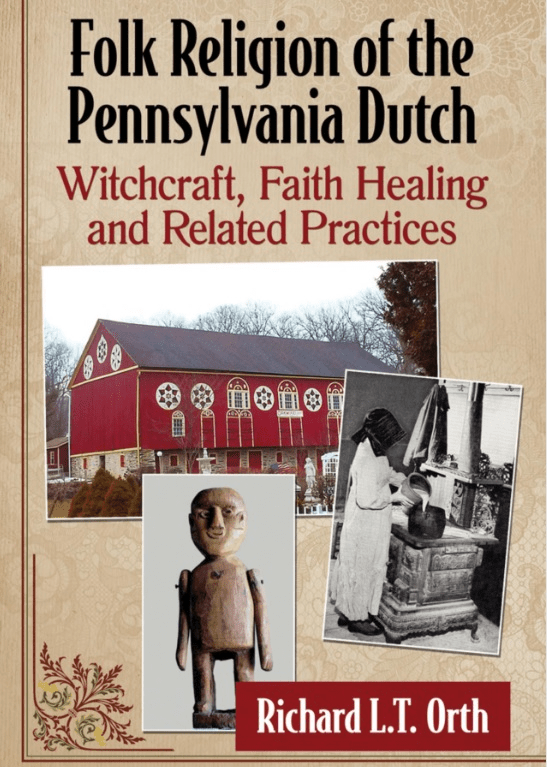
Folk Religion of the Pennsylvania Dutch: Witchcraft, Faith Healing and Related Practices
For almost three centuries, the "Pennsylvania Dutch"--descended from German immigrants--have practiced white magic, known in their dialect as Braucherei (from the German "brauchen," to use) or Powwowing. The tradition was brought by immigrants from the Rhineland and Switzerland in the 17th and 18th centuries, when they settled in Pennsylvania and in other areas of what is now the eastern United States and Canada. Practitioners draw on folklore and tradition dating to the turn of the 19th century, when healers like Mountain Mary--canonized as a saint for her powers--arrived in the New World. The author, a member of the Pennsylvania Dutch community, describes in detail the practices, culture and history of faith healers and witches.
Appalachian Witching
Hexing
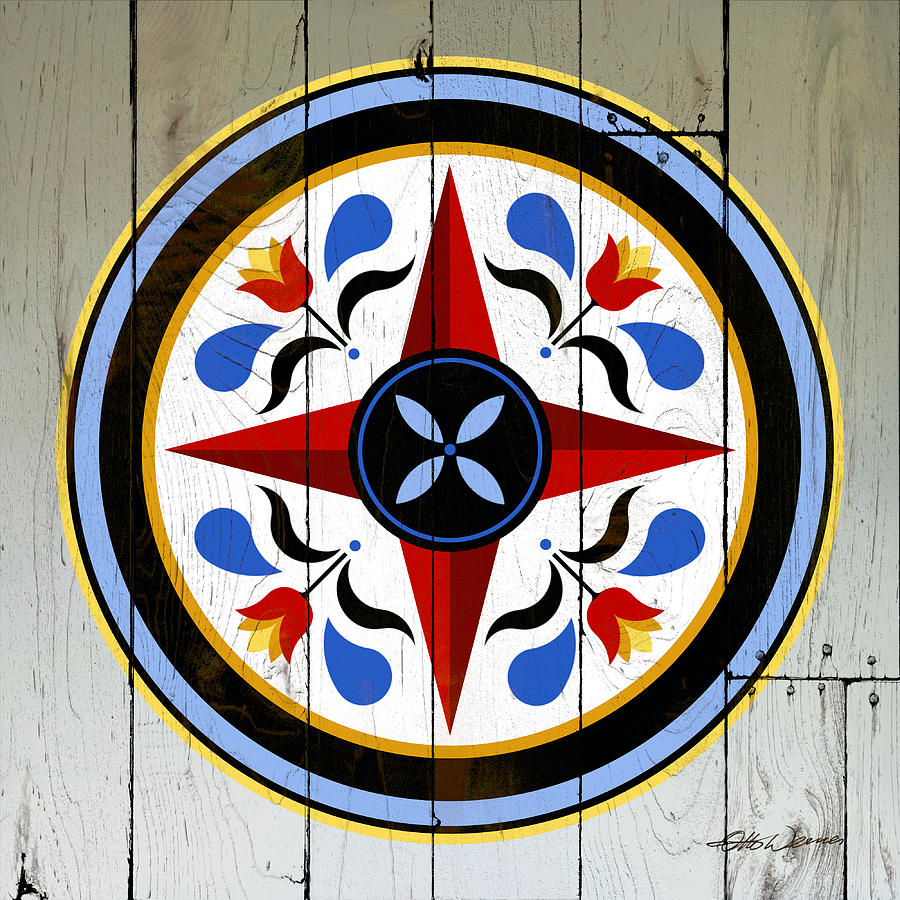
The History and Meaning of Barn Hex Signs
Exploring the countryside and the farms dotting the Pennsylvania landscape may reveal some surprising artwork. Many barns and outbuildings on farms feature a hex sign hanging prominently on display. Hex signs typically have bright colors and engaging designs, adding a pleasing visual display to farm buildings. The origin of hex signs is an engaging story that includes elements of symbolism, superstition, and even some traces of dark magic.
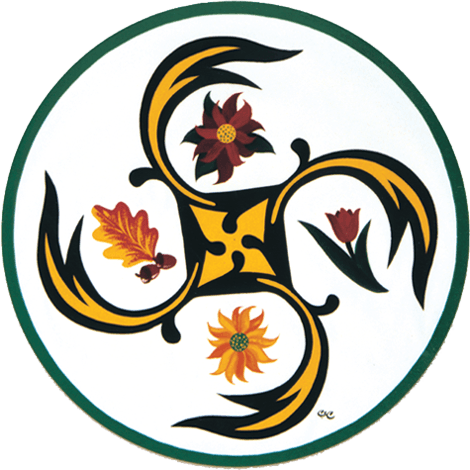
Hex History
The history of the hex originated from the Pennsylvania Dutch settlers from the 17th and 18th centuries. At that time the cost of paint inhibited the painting of barns and outbuildings. By the 1830s the cost of paint decreased and farmers began painting their barns the way the decorated their homes, using imagery reminiscent of quilts and wall stencils of that time period.
You must be logged in to post a comment.